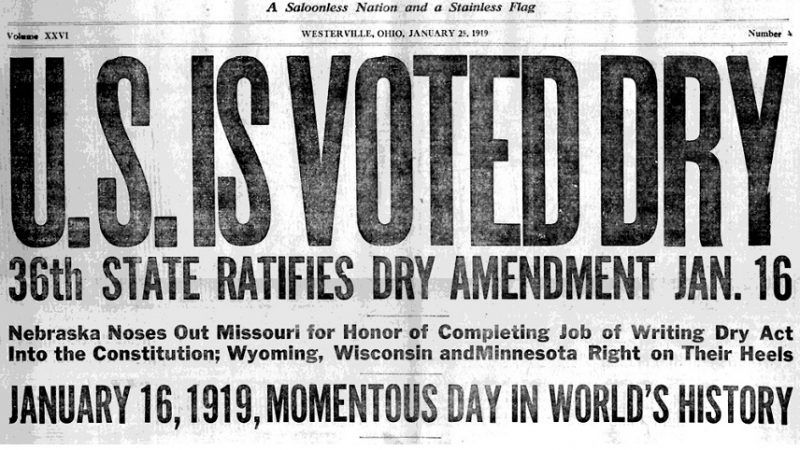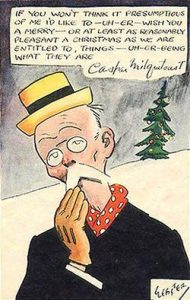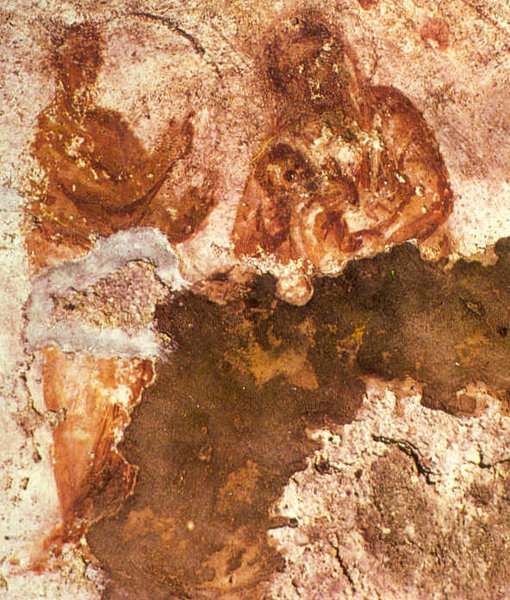1972 Death of Ezra Pound
Ezra Weston Loomis Pound was born in 1885 in Idaho but grew up in Pennsylvania. As a university student he was insolent and lazy but he benefited from wide reading. He launched himself into the world as a poet and critic, finding patrons in the USA and London, making influential connections.
He was a pioneer and prophet of the Imagist mode, privileging the concrete object and minimalism. Pound was instrumental in helping the careers of T.s. Eliot, James Joyce, and Ernest Hemingway but he was also in talented in the art of making enemies.
Like many intellectuals of the 1920s he felt that the old world was in need of revolution and he fell under the spell of Italian-style fascism. Pound espoused an anti-capitalist economic vision of “social credit” which despised usury. This led the poet into a virulent anti-semitism which he never abandoned and which drew him closer, first to Benito Mussolini, and then to Adolf Hitler. He spent the years of World War II in Italy making pro-fascist broadcasts and inveighing agains the Jews.
After the war, Pound was arrested and tried for treason. Other who had done what he had (like Lord Haw-Haw) were executed but the literary world rallied round him and fought for his release. The US government compromised and had him declared insane and confined to a mental hospital. He was released in 1958 having been declared incurable and thus in no need of further treatment. He spent most of the rest of his life living in Italy, repenting of both his earlier poetry and his antisemitism.
Pound was clearly a major force in 20th century literature but much of his poetry was obscurantist rubbish. Nonetheless there are gems amid the dross, and I include two here: the beginning of the Norse-flavoured “The Seafarer” and his Li Po imitation, “The River-Merchant’s Wife”.
The Seafarer
May I for my own self song’s truth reckon,
Journey’s jargon, how I in harsh days
Hardship endured oft.
Bitter breast-cares have I abided,
Known on my keel many a care’s hold,
And dire sea-surge, and there I oft spent
Narrow nightwatch nigh the ship’s head
While she tossed close to cliffs. Coldly afflicted,
My feet were by frost benumbed.
The River-Merchant’s Wife: A Letter
While my hair was still cut straight across my forehead
I played about the front gate, pulling flowers.
You came by on bamboo stilts, playing horse,
You walked about my seat, playing with blue plums.
And we went on living in the village of Chōkan:
Two small people, without dislike or suspicion.
At fourteen I married My Lord you.
I never laughed, being bashful.
Lowering my head, I looked at the wall.
Called to, a thousand times, I never looked back.
At fifteen I stopped scowling,
I desired my dust to be mingled with yours
Forever and forever, and forever.
Why should I climb the look out?
At sixteen you departed
You went into far Ku-tō-en, by the river of swirling eddies,
And you have been gone five months.
The monkeys make sorrowful noise overhead.
You dragged your feet when you went out.
By the gate now, the moss is grown, the different mosses,
Too deep to clear them away!
The leaves fall early this autumn, in wind.
The paired butterflies are already yellow with August
Over the grass in the West garden;
They hurt me.
I grow older.
If you are coming down through the narrows of the river Kiang,
Please let me know beforehand,
And I will come out to meet you
As far as Chō-fū-Sa.










